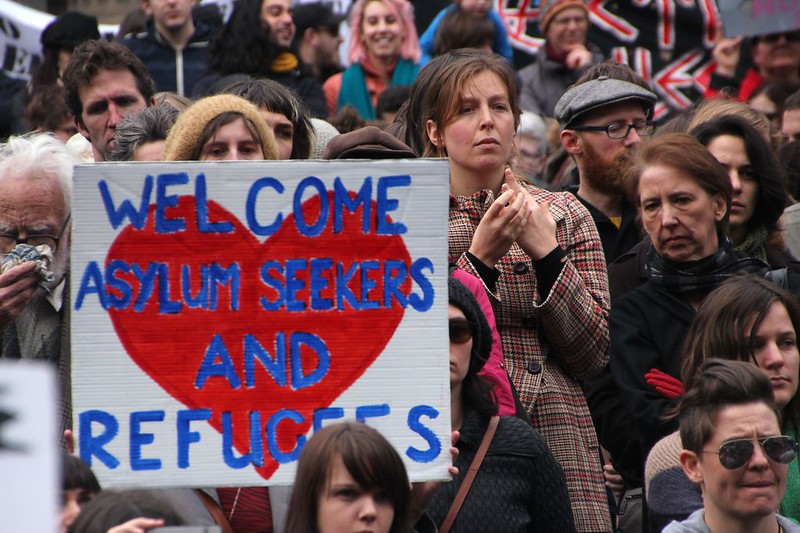Many countries cap or try to reduce the number of asylum seekers they let in. Why?
Refugee policy, aka the promises many governments make to offer a safe haven to people who have been forced by horrible circumstances to leave their home country, is more about morality than economics. In fact, taking in refugees is often expensive, at least in the short term.
Many are poor or were unable to take their assets with them when they fled, meaning they need to be provided with housing, food and other necessities. Many are traumatised and/or unable to speak the local language, requiring the state to stump up for medical care and classes. And these costs are compounded because many countries bar refugees from working for months or years after their arrival. Germany, which had 1.4 million refugees as of 2018, says it expects to spend about €40 billion on their social payments, language courses, accommodation, processing and registration by 2022.
None of these costs means countries shouldn’t help refugees, or that refugees don’t go on to provide enormous value to their new countries. But they may explain why many countries are actually pretty reluctant to take in many refugees in the first place. Take New Zealand, which has come under fire for both letting in far fewer refugees than other rich countries and for having a policy which bans all refugees from the Middle East or Africa (except the very few with relatives in New Zealand) from applying for asylum there.
New Zealand’s Prime Minister, Jacinda Ardern, has now said that these rules are going to change. Her country will now accept 1,500 refugees each year (up from 1,000 previously) and Africans and Middle Easterners will make up 30 percent of this quota. Whether these changes go far enough is a matter of debate.
Read our explainer on: immigration.

